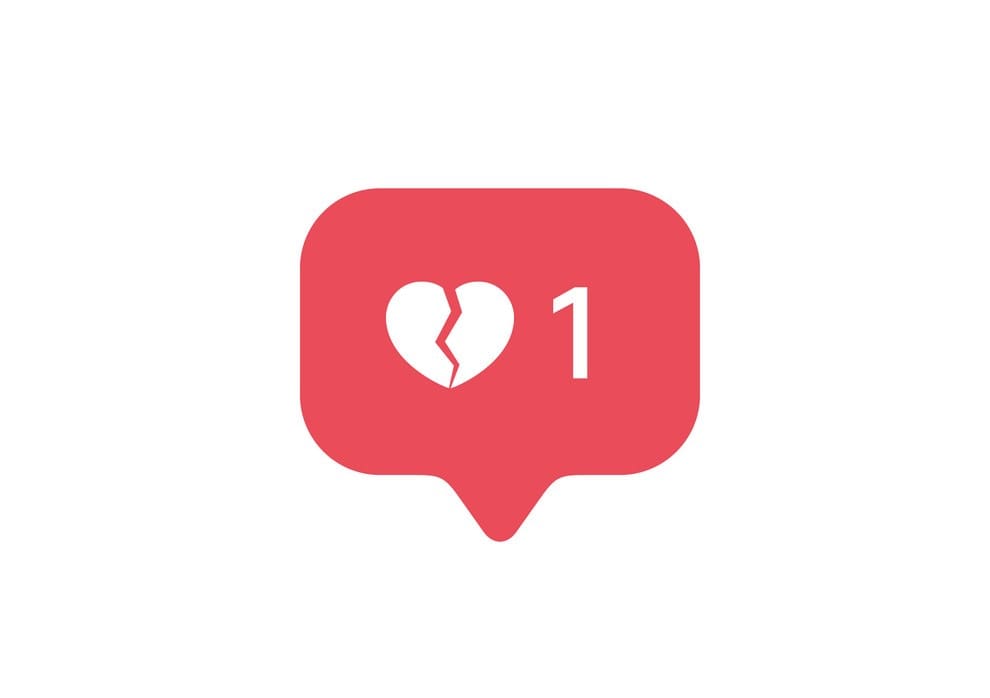Whilst celebrities have always existed, the number of people in the spotlight under public scrutiny has significantly increased in recent years.
With the tragic death of Caroline Flack highlighting the appalling pressures that those in the public eye are exposed to, Medigold Health’s Trainee Occupational Health Physician, Yvette Martin, discusses the sinister side of the spotlight and outlines steps employers can take to reduce the risk of suicide among their employees.
24/7 social scrutiny
The world of celebrity is no longer limited to those made famous through entertainment and sport. The array of companies who have employees in this category is vast with chief executives, employees who have a large social media following and politicians all susceptible to the stressors associated with fame.
In the past those in the spotlight could to at least some extent control what information about themselves was broadcast under the advice of knowledgeable PR companies. Now, not only do celebrities need to be mindful of paparazzi but also members of the public, since almost everybody carries a portable camera with the ability to instantly transmit images on a worldwide platform.
Over the last few decades the internet has grown, inflating the number of media platforms exponentially. Ten years ago I was introduced to a fairly new concept, microblogging. Microblogging is an online broadcast of short and often frequent posts, essentially social media. Microblogging platforms are immensely popular, they allow every member of the public to have their say with the option of anonymity.
When constant surveillance meets continuous criticism
Add constant surveillance to continuous criticism and it is of no surprise that those in the limelight experience an increased risk of suicide. A study which analysed the death records of 13,195 popular musicians who died between 1950 and 2014 found that there was a higher death rate from violent deaths such as suicides, homicides, accidental deaths, road traffic collisions and drug overdoses when compared with mortality patterns in the general population.
Suicides are complex and multifactorial, and while there may be an underlying mental health condition, suicides can be unpredictable and therefore sometimes not preventable. However an increased risk of suicide alongside the stressors that those in the public eye are exposed to cannot be denied.
Occupational health practitioners need to consider these modern day stressors when assessing people with mental health conditions and advise employers about appropriate support.
What should employers do?
All employers should take steps to reduce the risk of suicide among their employees. Workplaces can:
- Access resources such as The Mental Health at Work Commitment
- Distribute sources of help and information, such as providing the contact details of the Samaritans through newsletters, the staff intranet and on noticeboards
- Consider training courses such as those available through the Samaritans
- Ensure employees experiencing mental health issues are provided with managerial support
- Implement a Wellness Recovery Action Plan for staff members who are experiencing a mental health condition.






